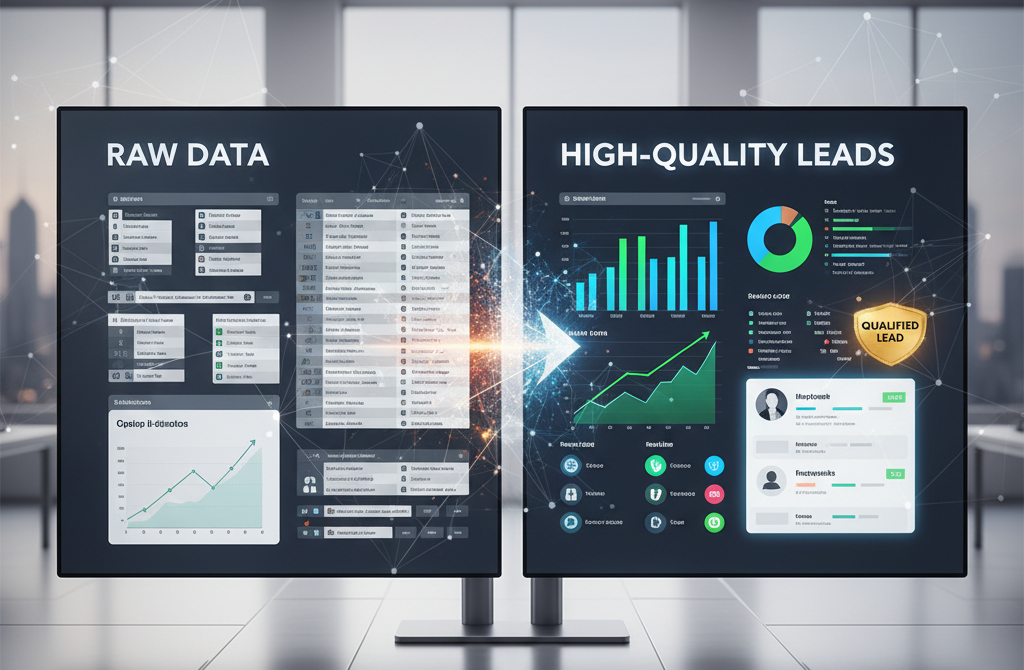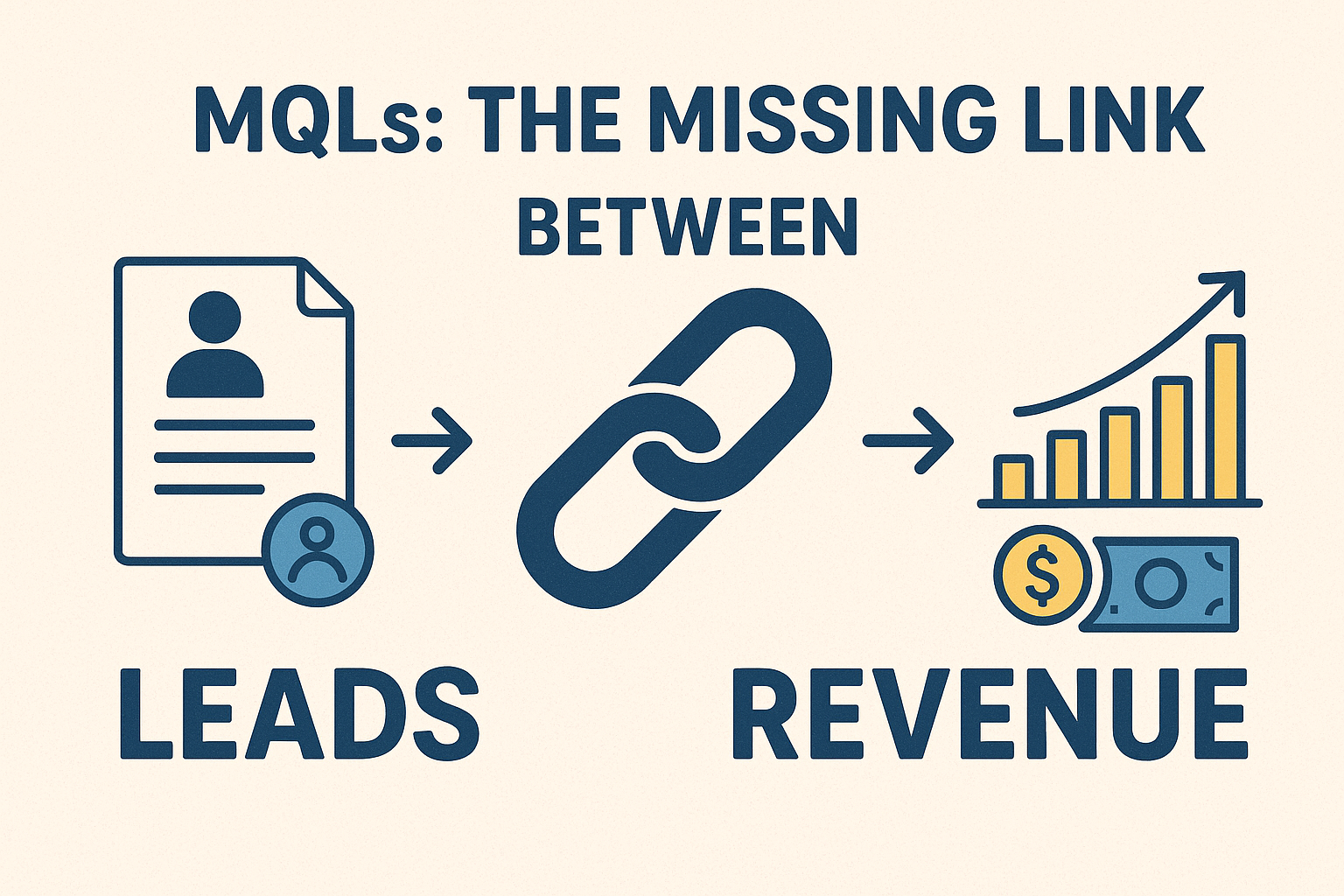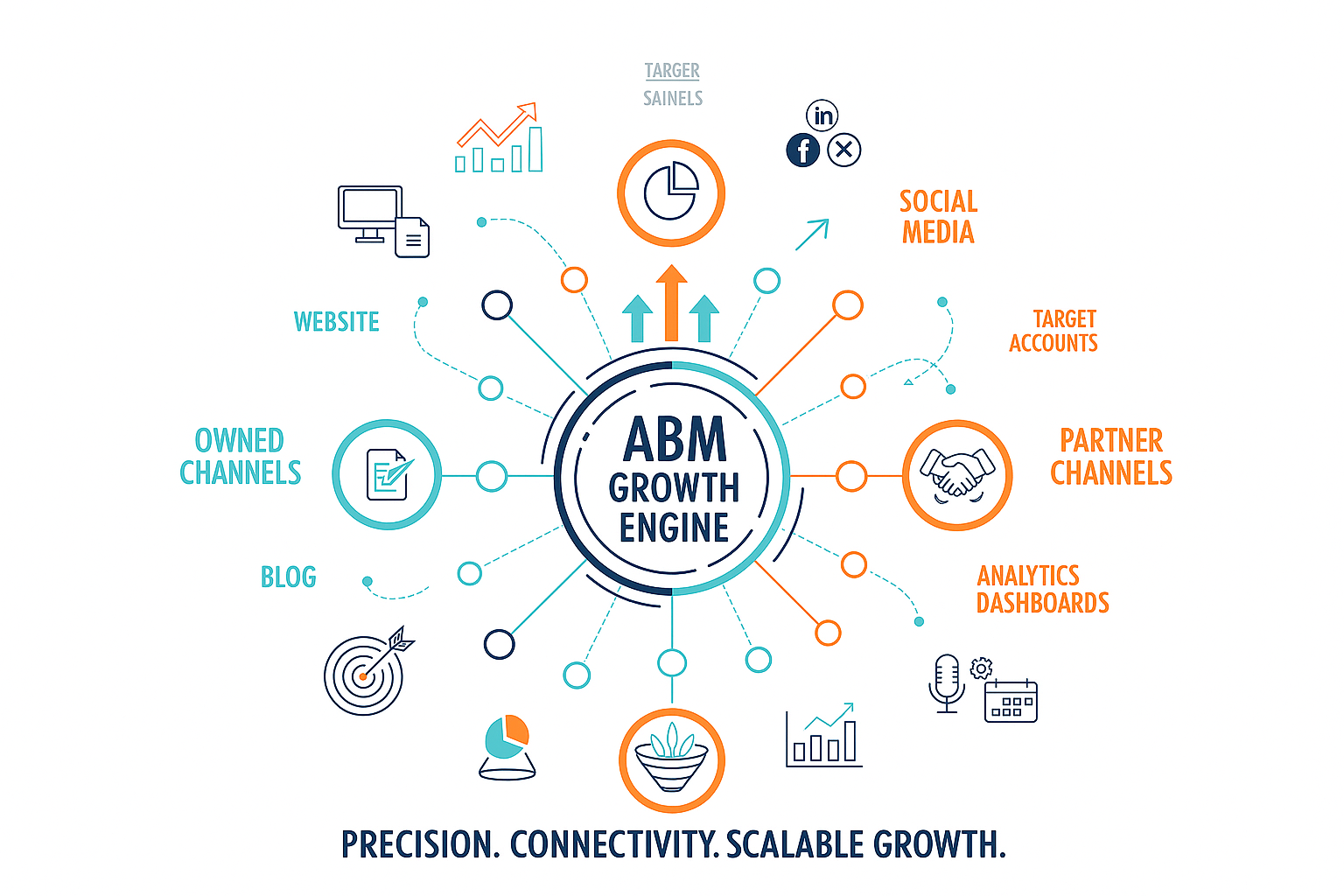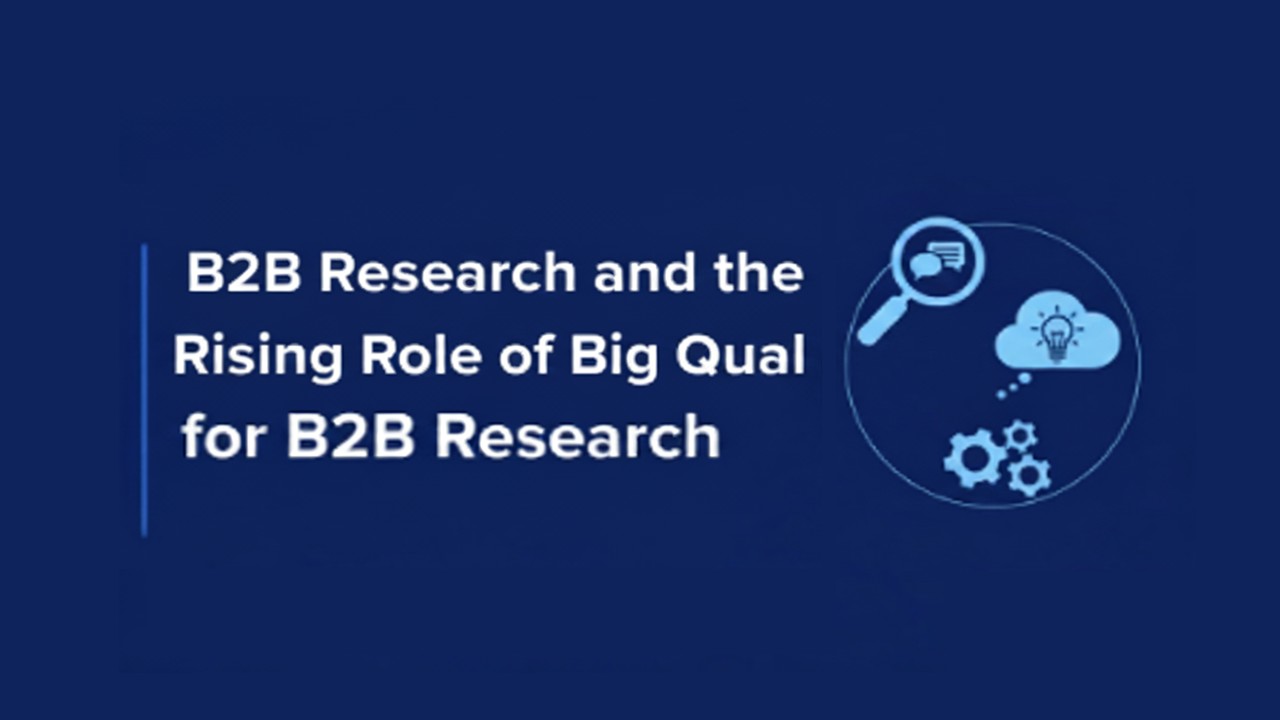Back in the day, generating leads for cybersecurity solutions often felt like shooting in the dark. Suppliers would reach out broadly, hoping to connect with the right companies, but most of the time, the results were underwhelming. Now, with the cybersecurity market projected to hit $273 billion by 2025, the stakes are higher than ever.
Intent data for cybersecurit suppliers has changed the game. By analyzing buyer behaviors and online engagement, suppliers can pinpoint companies that are genuinely in-market for solutions. The result? Better leads, faster conversions, and a more efficient sales process. In fact, organizations leveraging intent data have seen up to 300% improvement in lead-to-opportunity conversion rates.
With intent data, suppliers can move from reactive outreach to a strategic, targeted approach that focuses on high-value accounts ready to engage.
Table of Contents
ToggleWhy Intent Data Is the Competitive Edge Cybersecurity Suppliers Need
The cybersecurity market is highly competitive, with vendors offering overlapping solutions to the same target audience. Intent data gives suppliers a competitive advantage by highlighting which organizations are actively evaluating cybersecurity solutions. Rather than relying on generic contact lists, suppliers can focus on accounts demonstrating clear purchase signals.
Key benefits include:
- Prioritized Prospecting: Identify accounts most likely to convert, reducing wasted sales effort.
- Personalized Messaging: Tailor content to address the buyer’s current challenges and interests.
- Faster Sales Cycles: Engage prospects at the right time, increasing the likelihood of timely conversions.
- Strategic Resource Allocation: Focus marketing and sales efforts where ROI is highest.
By integrating intent data into their go-to-market strategy, cybersecurity suppliers can move beyond reactive selling and become proactive, engaging buyers before competitors even know they’re in-market.
How Cybersecurity Suppliers Can Harness Intent Data to Win High-Value Accounts
Harnessing intent data effectively requires a structured approach:
Step 1: Collect Relevant Data
Sources include website analytics, content downloads, webinar registrations, social media engagement, and third-party intent data providers. The goal is to gather signals indicating interest in cybersecurity solutions.
Step 2: Segment and Score Accounts
Not all intent signals carry equal weight. Assign scores based on engagement levels, content type, and buying stage to identify high-value accounts.
Step 3: Personalized Outreach
Use insights to craft targeted messages, including tailored email campaigns, account-based marketing (ABM) strategies, and LinkedIn engagement. Messaging should address the prospect’s pain points and highlight solution benefits.
Step 4: Continuous Monitoring and Optimization
Intent signals are dynamic. Suppliers must continually monitor behavior, adjust scoring models, and refine campaigns to maintain engagement and maximize conversions.
By following this structured approach, cybersecurity suppliers can consistently convert high-value accounts into loyal customers.
Using Intent Data to Identify In-Market Cybersecurity Buyers
Intent data doesn’t just reveal who might buy, it identifies buyers ready to take action. Key strategies include:
- Behavioral Tracking: Monitor which prospects are consuming educational content, attending webinars, or engaging with competitor pages.
- Predictive Analytics: Use algorithms to predict buying intent based on historical engagement patterns.
- Account-Based Marketing (ABM): Focus marketing resources on a small set of high-value accounts showing clear intent.
- Lead Prioritization: Align sales outreach with the highest intent accounts to shorten the sales cycle and improve deal closure rates.
Studies show that businesses using intent-based strategies can achieve 25-30% higher engagement rates and significantly better ROI than those relying solely on traditional lead generation techniques.
Leveraging Buyer Intent for Cybersecurity Success
The final step is translating insights into tangible results. Successful suppliers:
- Integrate Sales and Marketing Efforts: Ensure both teams act on intent signals simultaneously.
- Optimize Campaign Timing: Engage buyers when they are most receptive, reducing missed opportunities.
- Personalize Content Across Channels: Deliver relevant resources via email, social media, webinars, and website content.
- Measure and Refine: Continuously analyze engagement and conversion metrics to improve targeting and messaging.
By converting intent data into actionable strategies, cybersecurity suppliers can transform data into revenue, reduce sales cycles, and strengthen customer relationships.
The Ultimate Guide to Using Intent Data for Cybersecurity Leads
At this stage, it’s time to bring everything together. This section serves as a practical roadmap for cybersecurity suppliers looking to turn intent data into actionable leads. You’ll learn how to identify high-value accounts, prioritize outreach, and optimize campaigns to boost conversions. Think of it as a step-by-step guide to transforming raw intent signals into real, measurable business growth.
Collect and Analyze Intent Signals
- Track website visits, content downloads, webinar participation, and social engagement.
- Combine first-party and third-party data to get a complete picture of buyer intent.
Score and Prioritize Accounts
- Assign scores based on engagement level, content type, and buying stage.
- Focus sales and marketing efforts on high-value accounts showing the strongest signals.
Personalize Outreach for Maximum Impact
- Tailor emails, ads, and social messages to address the prospect’s current challenges.
- Use insights from intent data to speak directly to the buyer’s interests and pain points.
Integrate Intent Data with ABM Strategies
- Align sales and marketing teams for coordinated campaigns targeting key accounts.
- Leverage account-based marketing to deliver highly relevant content across multiple channels.
Measure, Optimize, and Iterate
- Continuously monitor engagement metrics and conversion rates.
- Refine campaigns based on updated intent data to ensure leads remain high-quality.
Conclusion
In an increasingly crowded cybersecurity landscape, suppliers must adopt smarter strategies to remain competitive. Intent data for cybersecurity suppliers provides a clear window into buyer behavior, enabling precise targeting, timely engagement, and higher conversion rates. By leveraging intent signals to identify high-value accounts, personalize outreach, and align sales and marketing efforts, suppliers can drive measurable growth and maximize ROI. Embracing intent data isn’t just a trend, it’s a necessity for sustained success in today’s B2B market.
I hope you find the above content helpful. For more such informative content, please visit PangeaGlobalServices.
FAQs
Q1: What is intent data for cybersecurity suppliers?
Intent data refers to signals collected from digital behaviors that indicate a company’s interest in purchasing cybersecurity solutions.
Q2: How does intent data improve lead quality?
By identifying prospects actively researching cybersecurity solutions, suppliers can focus on high-value accounts most likely to convert.
Q3: Can small cybersecurity vendors benefit from intent data?
Yes, even smaller vendors can use intent data to target prospects efficiently and compete effectively against larger suppliers.
Q4: What sources provide intent data for cybersecurity suppliers?
Sources include website analytics, content downloads, social media interactions, webinars, and third-party intent data providers.
Q5: How often should suppliers update intent data?
Intent signals are dynamic, so suppliers should continuously monitor and refresh data to maintain accuracy and relevance.






